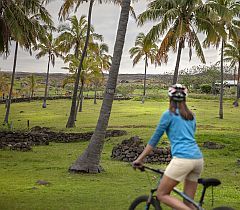Sacred Valley, the first step toward the immensity of the Incan Empire
If Machu Picchu, the 15th century city ensconced in the Andes Mountains, is the most famous image of the ancient Incan Empire, the Sacred Valley is the gateway: the best way to discover its geography and worldview.

Since the US explorer Hiram Bingham published the first images of Machu Picchu in 1911, this archeological site near Cuzco in Peru has become an attractive destination for travelers from all corners of the world. But despite its indisputable stardom, the fact is that there are many other tangible traces of the complex Incan civilization, which once covered what is now Peru, Ecuador, Bolivia, Colombia, Chile and Argentina.
Indeed, at the feet of the very mountains that Machu Picchu is built upon one finds an eloquent testimony to what the Incan empire was like in this famous city: the Sacred Valley.
The Sacred Valley of the Incas was the source of food for the inhabitants of Cusco and its surroundings. It is a fertile valley bordering the Urubamba River and protected by the Andean Mountains, which allowed the Incas to develop abundant potato and corn crops.
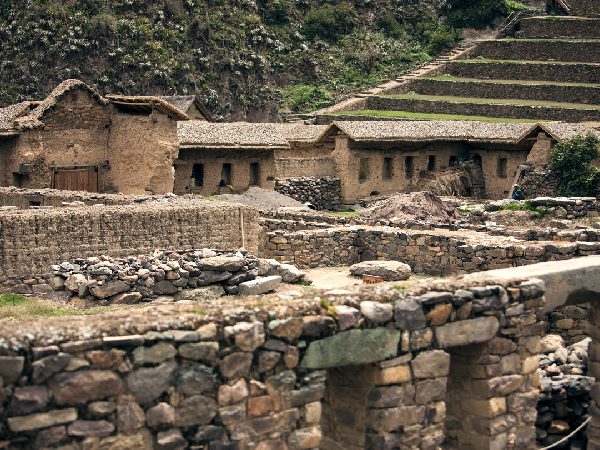
There they built cities and fortresses with sophisticated architectural techniques that are every bit as astounding as Machu Picchu: stone blocks placed with such precision that they seem immune to the passage of time. For example, Ollantaytambo is known as a living Incan city, as they still use the buildings that survived the empire there, but for contemporary purposes. Next to an archeological park that protects the remains of these buildings are others that are inhabited daily by local communities. Travelers can stroll along its narrow streets and visit the market, which offers textiles and traditional products from the valley and the nearby jungle. According to some historians, it is the oldest continuously inhabited settlement in South America.
Like this, many other traces of the ancient Incan Empire remain alive in the Sacred Valley to this day. Visitors can travel part of the Qhapaq Ñan or the “Inca Trail” that communicated the empire via a sophisticated system of messengers and relay stations and get to know the livelihoods that local inhabitants have maintained for centuries: from llama and alpaca herding to different techniques to cultivate the land according to the geographical altitude using a terrace system.
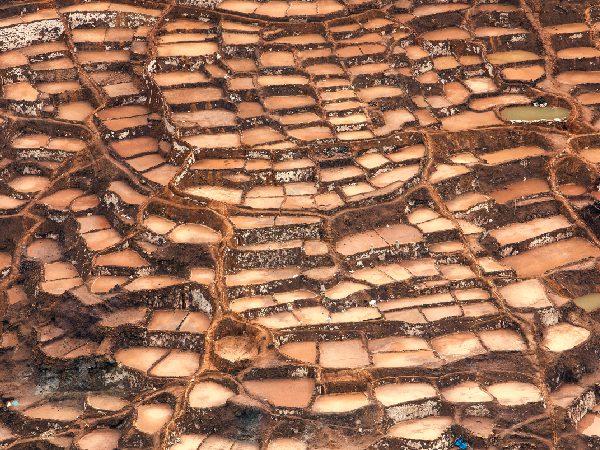
Thus, the Sacred Valley offers a balance between vestiges of the past and virgin nature – from impressive high-altitude lagoons to gorges and snowy peaks – and the current activities of local communities. One unmissable attraction is visiting and sharing with the salt communities of Maras, who produce salt with traditional methods they have followed for centuries by accumulating high-salinity water in pools, waiting for them to evaporate and then collecting the salt. Over 3,000 of these pools form an imposing geometric landscape.
The breadth of the Sacred Valley also offers room for silence to contemplate the imposing Andean scenery and the context that forged the Incan civilization, as it remains far from the touristic bustle. The fact that it is at a lower altitude than Machu Picchu also makes it the perfect starting point for travelers who have just arrived in the region.
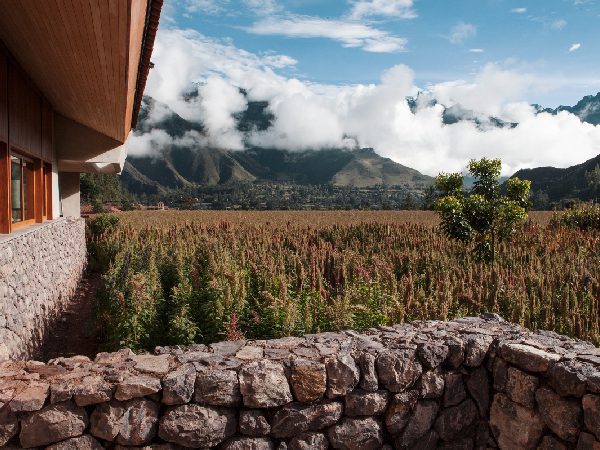
Explora’s proposition
“Explora offers a unique combination: the history of the Sacred Valley, the Andean influence, the mountains, the archeology and architecture, the living culture, the flora and fauna,” says Diego Piqueras, Explora destination manager in the Sacred Valley. He comments that the traveler experience is organized on four altitudinal levels so people’s bodies can gradually acclimatize to the altitude. The routes were specially designed by Explora after years of field research and therefore offer an original perspective, an unprecedented immersion.
The lodge is in the middle of a corn plantation near the town of Urquillos and its architecture reflects the spaciousness, luminosity and tonalities of its surroundings. Thus, one remains connected to the destination from the comfort of its interior.
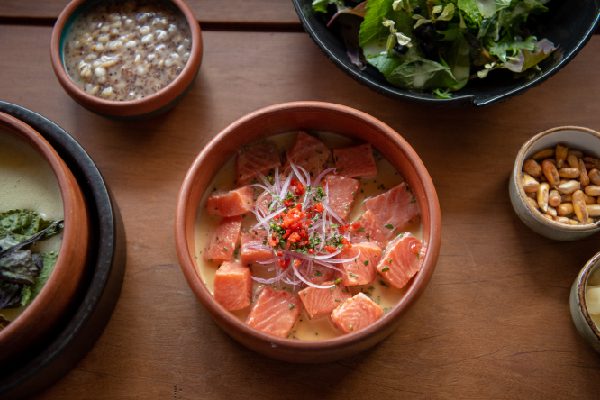
This is especially so when it comes to the culinary experience. Travelers can discover the potato and corn plantations with their unsuspected varieties before completing the tour at the table itself: “There’s a connection with the exploration. What you can see and smell along the way you can eat at night,” Piqueras says. The menu was created by Virgilio Martínez, the chef behind the restaurant Central, chosen the best in the world in 2023 by The World’s 50 Best ranking. Piqueras highlights: “Virgilio Martínez studies a lot; he compiles information on the products and has a heavy ancestral influence. He took all this and brought it to what we call a destination menu. All inputs are from the area.” Among the products that stand out, he mentions duck jerky, a type of raw meat with dry onions and jungle chili; and the cream of different types of corn and chuño, which is potato that has been dehydrated according to a traditional Peruvian conservation method.
Thus, the valley allows one to absorb the past and present of a unique culture and geography. It is an experience that may not even end in Machu Picchu, because as travelers themselves will find, the Sacred Valley is already an end in itself.

